100 Proven Ways to Save Money on Groceries
Food prices keeping you up at night? You’re not alone. Grocery bills have become a major stress point for many families. The good news? You don’t need extreme couponing or hours of prep to make a real difference in your grocery budget.

This comprehensive guide breaks down 100 practical, easy-to-implement strategies that will help you save real money on groceries. From simple planning tricks to genius food storage hacks, these tips are designed for busy people who want to spend less without sacrificing quality.
Before You Shop
Planning, prepping, and strategizing to set yourself up for major grocery wins.
1. Keep a “Use This First” basket in the fridge
Create a dedicated spot for items nearing expiration. This visual cue helps you prioritize foods that need to be eaten soon, dramatically reducing waste.
2. Plan meals around what’s already in your spice rack
Check your existing spices before meal planning. You’ll avoid buying duplicates and can create meals that use what you already have on hand.
3. Create a price list of 10 go-to items at 3 different stores
Track prices of your most-bought items across a few stores. This quick reference helps you recognize actual deals and know when to stock up.
4. Use a magnetic whiteboard on your fridge for real-time grocery tracking
Keep an inventory list visible where everyone can see and update it. This makes grocery list creation faster and prevents buying things you already have.
5. Plan a weekly “clear out the freezer” dinner
Schedule one meal per week specifically to use frozen foods before they become unidentifiable. This prevents waste and reminds you of forgotten food treasures.
6. Make a digital inventory of your freezer with expiration reminders
Take photos or create a spreadsheet of freezer contents with dates. This helps you track what needs to be used soon and prevents over-buying.

7. Pick one store per month to fully audit prices
Do a thorough price check of your regular items at one store monthly. This helps you catch stealth price increases that often happen without notice.
8. Group meals by shared ingredients
Plan weekly menus that use the same perishable items in multiple ways. Using carrots in stir-fry, salad, and soup ensures nothing goes to waste.
9. Sign up for local farm newsletters
Subscribe to updates from nearby farms for flash sale alerts. You’ll often find seasonal produce at significantly lower prices than grocery stores.
10. Write your grocery list by aisle
Organize your shopping list according to the store’s layout. This prevents wandering through aisles and reduces impulse purchases.
11. Assign each family member one “scavenger hunt” ingredient to use up weekly
Give everyone the task of finding creative ways to use one ingredient. This turns using up odd items into a fun challenge rather than a chore.
12. Schedule meals based on your trash pickup day
Plan to use perishables before garbage day. This natural deadline helps you prioritize items that would otherwise be wasted.

13. Add a “no buy” challenge to your pantry once a month
Skip grocery shopping for a week and use only what you have at home. This forces creativity with existing ingredients and prevents stockpiling.
14. Create “meal kits” in zip bags using pantry staples
Prepare easy meal starters from items you already have. These convenient kits help you resist the temptation of expensive takeout on busy nights.
15. Pre-plan meals that make use of all parts of a veggie
Learn to cook with stems, leaves, and peels that are typically discarded. Using broccoli stems along with florets gets more value from each purchase.
16. Batch-soak beans for the month and freeze in portions
Prepare dried beans in bulk and freeze in meal-sized portions. This gives you the convenience of canned beans at a fraction of the cost.
17. Freeze chicken bones until you have enough for a slow cooker broth day
Save bones from meals in a freezer container until you have enough. Making your own broth saves money and reduces food waste simultaneously.
18. Get to know the markdown schedule at your favorite store
Learn when your grocery store typically marks down meat, bread, and produce. Shopping during these times can save you 30-50% on regular prices.
19. Save screenshots of sale cycles on your phone
Track when items typically go on sale by saving ads over several months. Many sales follow predictable patterns you can use to time your purchases.
20. Base one weekly dinner on a single “almost expired” ingredient
Plan a meal around that item in your fridge that needs using immediately. This rescue meal prevents waste and forces menu creativity.

While You Shop
Smart moves in the store (or online) to dodge marketing traps and hidden costs.
21. Use a calculator and round up each item
Track your spending as you shop and round each price up to the nearest dollar. This creates a buffer in your budget and makes you more conscious of costs.
22. Shop with cash and leave your card at home
Bring only the amount you’ve budgeted for groceries in cash. This physical limit prevents overspending and impulse purchases.
23. Buy only from the perimeter and one interior aisle max
Focus your shopping on the store’s outer edges where fresh foods are located. Limiting yourself to just one inner aisle reduces exposure to processed, expensive items.
24. Weigh produce after trimming
Remove stems and inedible parts before weighing at self-checkout. This small step can save you money on items priced by weight.
25. Skip pre-cut produce and weigh whole versions
Avoid the convenience markup on pre-prepped vegetables and fruits. Compare weights to find the lightest whole produce with less waste inside.
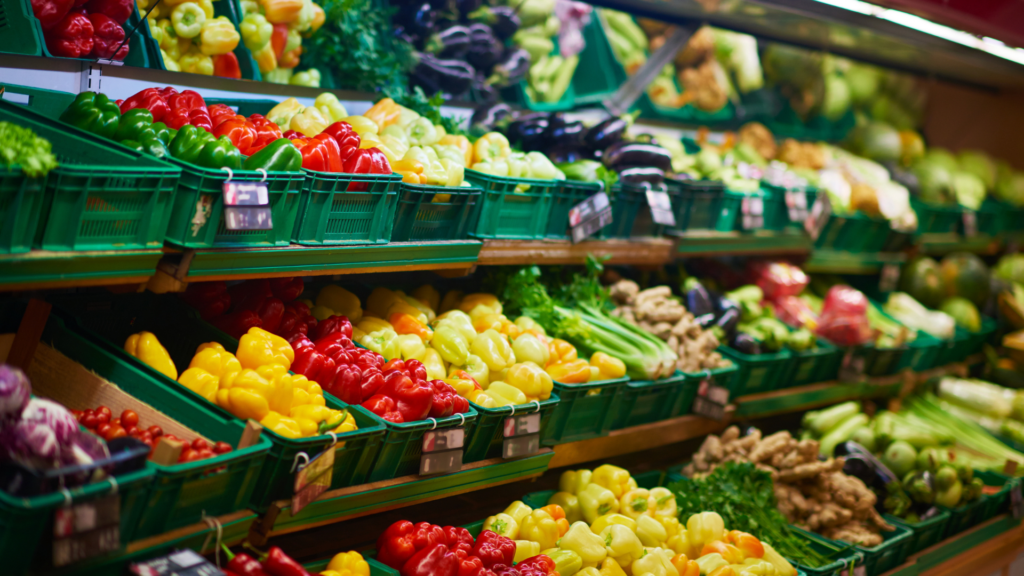
26. Bring a small food scale to check package weights
Verify that packaged items contain what they claim, especially produce. Occasional shortages happen, and stores should adjust prices accordingly.
27. Look on top and bottom shelves
Check the highest and lowest shelves for better deals. Premium products with higher margins are deliberately placed at eye level.
28. Use the self-checkout to remove temptation
Skip the checkout aisle full of candy and magazines. Self-checkout areas typically have fewer impulse purchase opportunities.
29. Don’t shop if you’re listening to music
Shop in silence or with a focused podcast instead. Research shows music affects spending habits and can lead to impulse purchases.
30. Say no to loyalty card suggestions at checkout
Decline those “recommended” items that appear when you scan your rewards card. These targeted upsells are designed to increase your spending.
31. Always choose generic UNLESS you’ve done a blind taste test
Default to store brands for significant savings on most items. Only pay for name brands when you’ve confirmed they truly taste better.

32. Shop only half the store
Commit to skipping certain departments entirely. Avoiding problem areas like specialty foods or prepared meals prevents unplanned spending.
33. Compare “price per use” not “price per oz”
Consider how many servings or uses you’ll get from products like concentrated detergents. This often reveals better values than simply comparing size.
34. Check the bakery clearance rack in the morning
Visit the bakery early for the best markdown selections. Many stores reduce prices on yesterday’s items first thing in the morning.
35. Ask the butcher what meat is being discounted tomorrow
Chat with your meat department staff about upcoming markdowns. They often know what’s approaching its sell-by date and will be reduced soon.
36. Pick the ugliest produce
Choose imperfect fruits and vegetables, which are often discounted. These cosmetic flaws rarely affect taste or nutritional value.
37. Scan barcodes on clearance items
Double-check that “sale” prices actually provide value. Some clearance items may still be more expensive than comparable products at regular price.

38. Use Google Lens to compare prices in real-time
Take photos of specialty items to check prices online while in the store. This instant comparison helps avoid overpaying for premium products.
39. Ask if the store has a “manager markdown” hour
Find out if your store has specific times when they reduce prices. Shopping during these windows can yield significant discounts.
40. Pay attention to cart psychology
Use a hand basket instead of a large cart whenever possible. The physical limitation naturally reduces how much you can buy.
After You Shop
What you do at home makes or breaks your budget.
41. Keep fresh herbs alive by placing stems in water
Treat herbs like flowers by trimming stems and placing in water in the fridge. This simple method can extend their life by 1-2 weeks.
42. Set a “48-hour cook clock” on meat
Commit to cooking or freezing meat within two days of purchase. This prevents spoilage of one of your most expensive grocery categories.
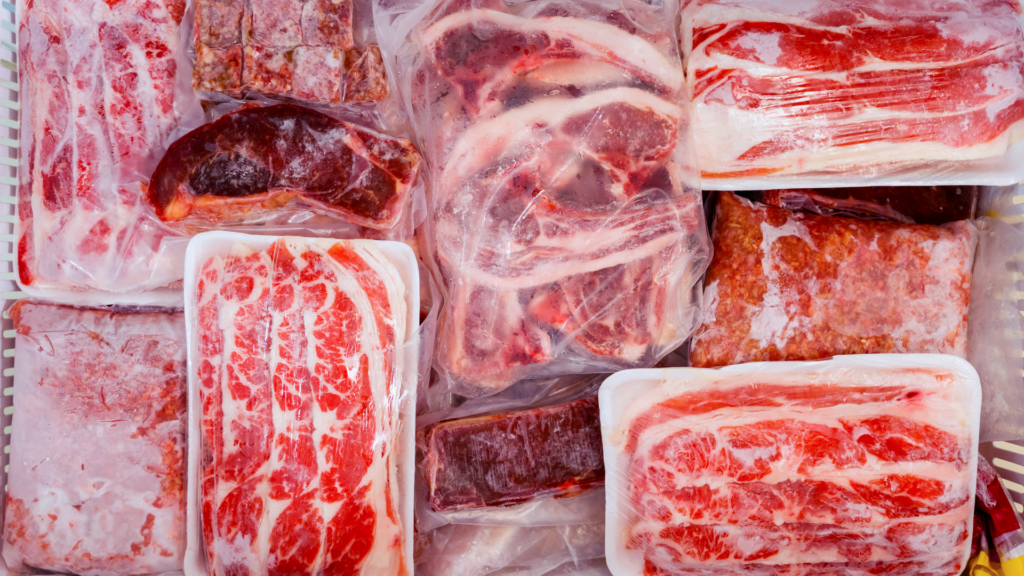
43. Freeze anything that hits the halfway point in the container
Don’t wait until food is about to expire to preserve it. Freezing half-used dairy and other perishables extends their life significantly.
44. Keep your freezer ¾ full for optimal energy and food preservation
Maintain a well-stocked but not overcrowded freezer. This improves energy efficiency and preserves food quality longer.
45. Store lettuce in a paper towel-lined container
Wrap greens in paper towels before refrigerating. This absorbs excess moisture and can triple the lifespan of your lettuce.
46. Transfer pantry items to glass jars
Move foods from original packaging to clear containers. Seeing what you have prevents forgotten purchases and encourages use.
47. Label everything with “use by” + open date
Mark containers with both expiration and opening dates. This simple system prevents good food from being unnecessarily tossed.
48. Turn aging veggies into “fridge stir fry” or “leftover soup”
Create a weekly meal that uses up produce before it spoils. These flexible recipes can accommodate whatever needs to be used up.
49. Don’t toss coffee grounds
Reuse coffee grounds in your garden or as a rub for meats. This gives you more value from every coffee purchase.

50. Create a leftover bin in your fridge
Designate a specific area for leftovers to prevent them from being forgotten. This makes lunch planning easier and reduces food waste.
51. Use veggie scraps for a broth bag in the freezer
Collect onion peels, carrot ends, and celery leaves in a freezer bag. When full, simmer for homemade vegetable broth at no extra cost.
52. Rehydrate stale bread in the oven
Revive dry bread by lightly misting with water and heating. If it’s too far gone, make croutons or breadcrumbs instead of discarding.
53. Dehydrate or freeze leftover herbs before they rot
Preserve fresh herbs by drying or freezing in olive oil in ice cube trays. This gives you access to flavor boosters without constant repurchasing.
54. Boil soft fruit for jam or syrup before tossing
Transform overripe fruit into simple jams or syrups. These quick preserves extend usefulness and add value to breakfast foods.
55. Reheat pizza or fries in the air fryer
Revive leftovers to near-original quality with proper reheating methods. Better results mean fewer food items rejected and thrown away.
56. Freeze mashed avocado in an ice cube tray with lemon juice
Preserve unused portions of this expensive fruit before it browns. The lemon juice prevents oxidation while freezing extends shelf life.
57. If a fruit is going bad—wash, chop, and freeze for smoothies right away
Process declining produce immediately for future use. Taking action at the first sign of spoilage saves food that would otherwise be wasted.

58. Have a “food waste accountability chart” on the fridge
Track what gets thrown away each week with a simple tally. This visual reminder helps identify patterns and reduce specific types of waste.
59. Use a mason jar to layer leftovers
Create multi-layered meals from small amounts of leftovers. These grab-and-go options prevent food from being forgotten in the back of the fridge.
60. Slice cheese thinner
Cut hard cheeses into smaller portions than you think you need. This makes the ingredient last longer and often satisfies taste without excess.
Long-Term Strategies
Build habits and systems that make grocery savings automatic.
61. Grow green onions in a jar of water
Regrow green onions by placing the root ends in water. This provides a constant supply of a commonly used ingredient for free.
62. Trade produce with neighbors
Establish a neighborhood exchange for garden surplus. This provides variety without additional cost, especially during growing seasons.
63. Join a local gleaning group
Participate in programs that collect leftover crops from farms. Gleaning provides fresh produce that would otherwise go to waste.
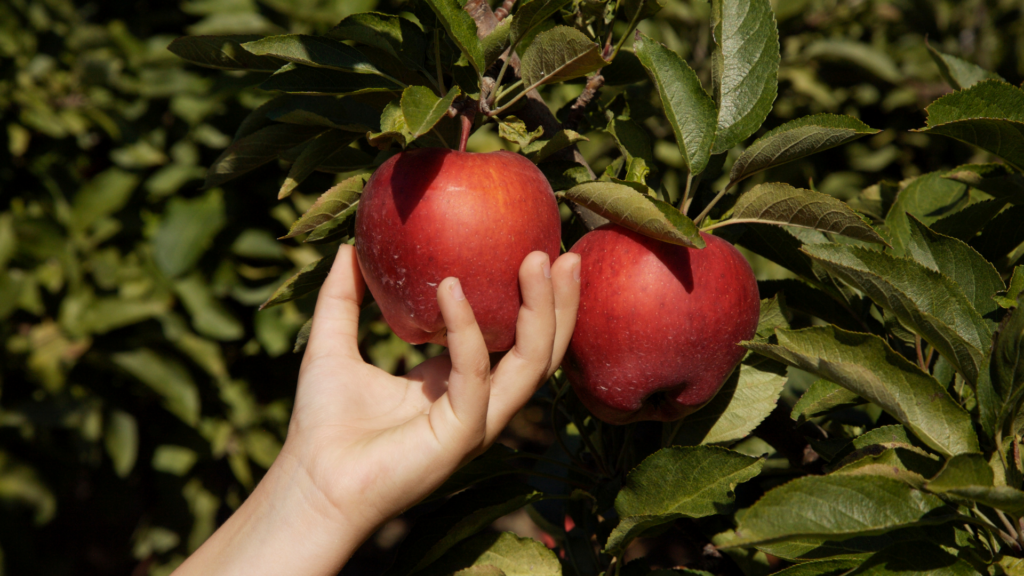
64. Volunteer at a CSA for free produce boxes
Exchange a few hours of work for farm-fresh vegetables. Many Community Supported Agriculture programs offer worker shares.
65. Learn to ferment
Transform ordinary vegetables into probiotic-rich foods through fermentation. This ancient preservation technique adds value and extends shelf life.
66. Invest in a chest freezer
Purchase additional freezer space if you have room. The one-time cost pays for itself by allowing stock-up during sales and batch cooking.
67. Schedule quarterly “eat from the pantry” months
Commit to regular periods of using only what you have on hand. These challenges prevent stockpiling and force creative meal planning.
68. Designate a meatless day every week
Establish at least one vegetarian day in your meal rotation. Plant-based proteins typically cost significantly less than meat.
69. Switch to freezer-friendly recipe formats
Adapt your cooking style to favor dishes that freeze well. This reduces dependence on fresh ingredients that spoil quickly.
70. Build a “zero-waste” meal plan
Create recipes specifically designed to use food parts typically discarded. Carrot top pesto and pickle juice marinades transform “trash” into treasure.
71. Try international markets for rice, spices, and bulk items
Shop at ethnic grocery stores for significant savings on staples. These markets often offer better prices on many pantry essentials.
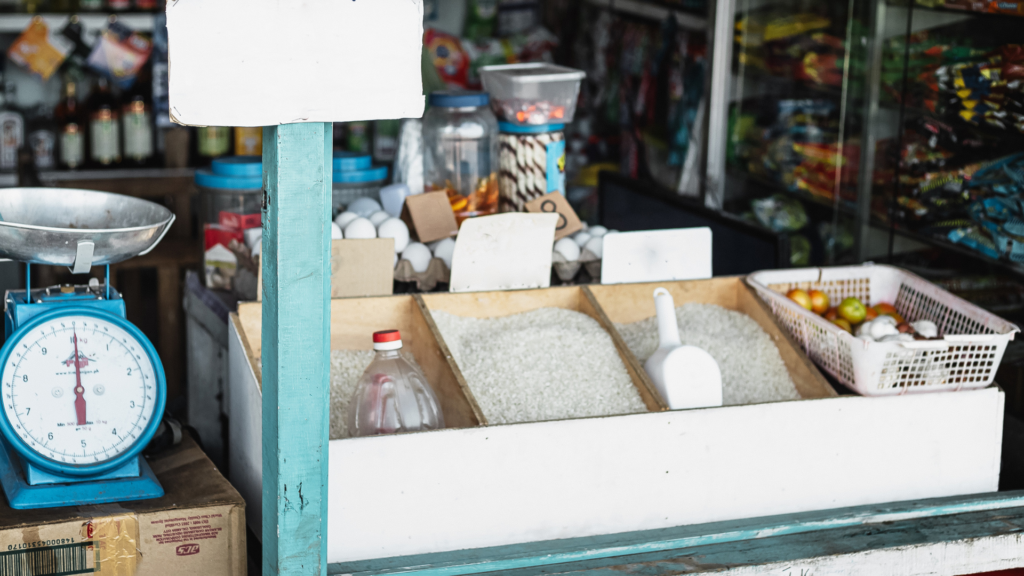
72. Learn one slow cooker recipe per month
Build a repertoire of energy-efficient, low-cost meals. Slow cookers transform inexpensive cuts of meat and simple ingredients into delicious meals.
73. Use your air fryer more
Maximize this appliance for energy savings and leftover revival. Air fryers use less electricity than ovens and make reheated food taste fresh again.
74. Build a compost bin
Convert food scraps into garden fertilizer. Composting completes the food cycle and improves your home-grown produce.
75. Learn to make yogurt or oat milk
Create dairy or plant-based staples at home. These simple recipes cost a fraction of store prices and reduce packaging waste.
76. Ask local bakeries for unsold bread at closing
Inquire about purchasing end-of-day items at a discount. Many bakeries would rather sell at reduced prices than throw away good food.
77. Buy meat directly from a farmer once a year
Purchase a quarter or half animal directly from local producers. Bulk buying significantly reduces the per-pound cost of quality meat.
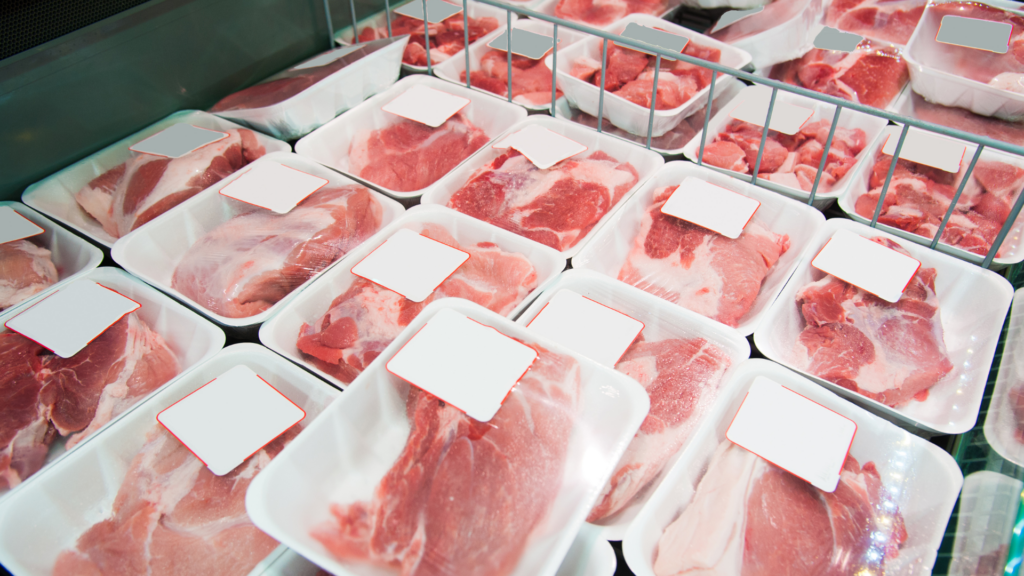
78. Use cashback apps only for groceries you were already going to buy
Apply rebate apps selectively to your existing shopping list. Only claim rebates on planned purchases to avoid spending triggered by discounts.
79. Create a “lazy meals” list for busy days
Develop a list of quick, affordable meals using pantry staples. These backup plans prevent expensive takeout when time is tight.
80. Get good at one-pot meals
Master recipes that require minimal ingredients and equipment. These simplified meals reduce both grocery costs and cleanup time.
Bonus Round: Super Weird But Genius
For when you’re ready to get frugally fierce.
81. Ask your grocer if you can buy “backroom boxes”
Inquire about purchasing slightly damaged inventory at deep discounts. Dented cans and crushed boxes are often perfectly safe but can’t be sold at full price.
82. Use old tortillas as thin crust for mini pizzas
Repurpose stale tortillas as pizza bases before they expire. This transforms an about-to-waste item into an entirely new meal.

83. Repurpose empty condiment jars as salad dressing containers
Use the final drops of mustard or mayo as the start of homemade dressings. This gets every bit of value from your purchase.
84. Freeze eggs in muffin tins before they go bad
Crack and freeze eggs individually when nearing expiration. This preserves a valuable protein source that would otherwise be wasted.
85. Use cereal crumbs for topping casseroles or desserts
Save the dusty remains at the bottom of cereal boxes for other uses. These make excellent crunchy toppings when combined with butter.
86. Roast radish tops or beet greens instead of tossing
Cook the leafy parts of root vegetables that are typically discarded. Many of these greens are not only edible but nutritious and tasty.
87. Make fruit scrap vinegar from apple cores and peels
Ferment fruit waste into homemade vinegar for cooking and cleaning. This traditional technique transforms trash into a useful household product.
88. Ask your local butcher for fat trimmings for broth or cooking grease
Request leftover fat that would typically be discarded. Rendered fat makes an excellent cooking medium with unique flavor.
89. Offer to clean out a friend’s pantry after a diet switch
Volunteer to help friends reorganize after lifestyle changes. People often give away perfectly good food that no longer fits their diet plan.
90. Dry leftover rice and use as filler in bean burgers or meatballs
Repurpose leftover rice by drying it for use as a binder. This adds volume to expensive protein dishes without changing flavor.

91. Make your own instant oatmeal packets
Create single-serving breakfast portions with bulk oats and your preferred mix-ins. These homemade versions cost a fraction of commercial products.
92. Revive stale chips in the oven
Restore crispness to stale chips with a quick oven reheat. Just 3-5 minutes at 375°F often brings them back to enjoyable crunchiness.
93. Ask if bakeries donate day-old goods to churches
Check with local organizations that receive food donations. Many distribute surplus baked goods to community members.
94. Blend freezer-burned fruit into smoothies with vanilla
Mask minor freezer burn with complementary flavors. A drop of vanilla extract often covers any off-tastes in slightly damaged frozen fruit.
95. Save cereal boxes to use as dividers in your pantry
Upcycle food packaging into storage solutions. Cut-down boxes make excellent organizers for small items.
96. Use cheese rinds in soups for umami flavor
Save hard cheese rinds to add depth to homemade soups and broths. These flavor-packed scraps infuse dishes with complex savory notes.
97. Collect condiment packets from fast food places
Save extra ketchup, mustard, and sauce packets when eating out. These free condiments prevent buying full bottles for occasional use.
98. Air dry fresh pasta if you made too much
Preserve homemade pasta by air drying on a rack. Properly dried pasta can be stored for weeks or months at room temperature.
99. Use stale donuts to make bread pudding
Transform day-old donuts into a rich dessert with eggs and milk. This surprising conversion creates a whole new dish from would-be waste.
100. Ask grocery stores if they give away expired flowers
Inquire about flowers past their sell-by date for drying or potpourri. Some stores will give these away rather than discard them.
Final Thoughts
Saving money on groceries isn’t about depriving yourself or spending hours clipping coupons. It’s about forming smart habits that become second nature. Start by picking just 3-5 of these tips to implement this week, then gradually add more as they become part of your routine.
Remember that every dollar saved on groceries is a dollar you can use elsewhere. Whether you’re working toward paying off debt, building savings, or just creating more breathing room in your budget, these grocery hacks make a real difference over time.
The most successful savers find a balance between frugality and enjoyment. Focus on eliminating waste rather than eliminating pleasure, and your grocery budget will become much more manageable without sacrificing the foods you love.
What’s your favorite grocery saving hack? Start with the easiest ones for your lifestyle, and watch how quickly those savings add up!

